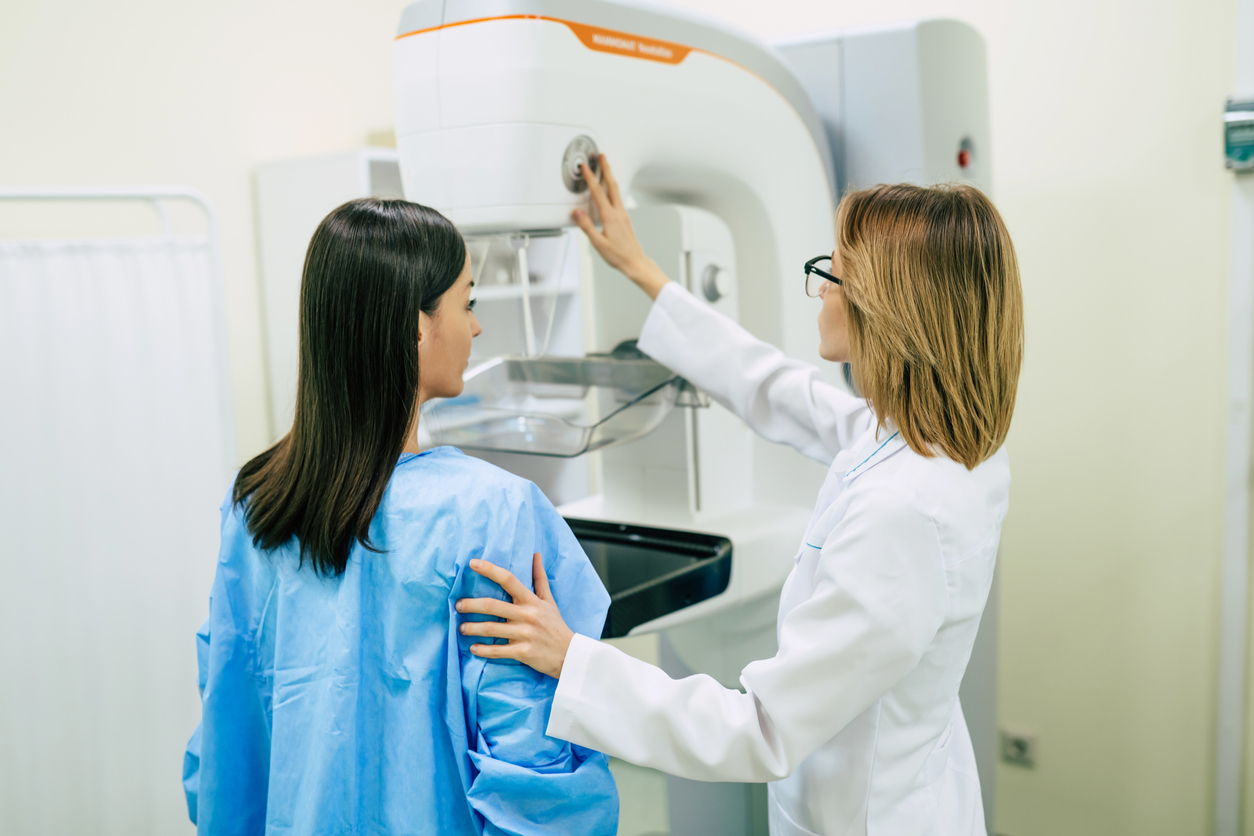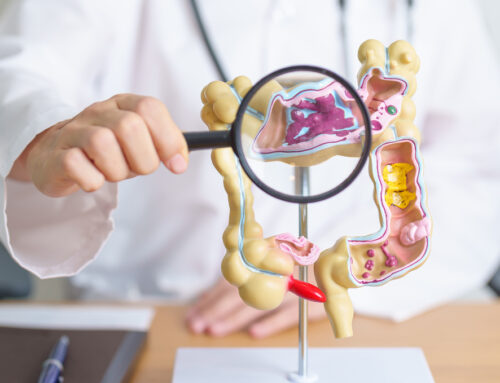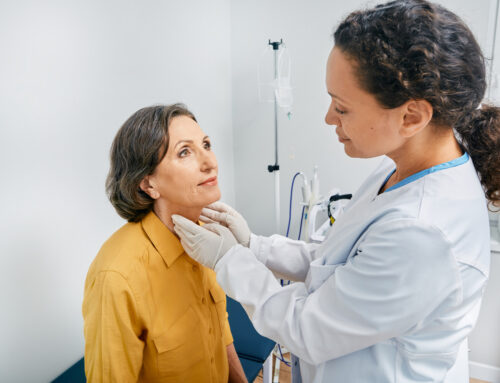
Breast cancer stands as one of the most prevalent and impactful health challenges faced by individuals in the United States. It transcends gender, affecting both women and men, with its reach extending to nearly one in eight women over the course of their lifetime. In the U.S. alone, there are an estimated 240,000 cases of breast cancer are diagnosed in women and about 2,100 in men each year.
We understand that alterations or mutations in genes can lead normal breast cells to transform into cancerous cells. Our cells’ functions are governed by genes, composed of DNA inherited from both parents. Beyond our physical appearance, DNA significantly influences our susceptibility to certain diseases, including specific types of cancer. Proto-oncogenes, present in normal cells, regulate processes like cell growth, division, and longevity. When a proto-oncogene undergoes a specific mutation, it transforms into an oncogene, potentially leading to cancer. Tumor suppressor genes, also found in normal cells, oversee cell division, DNA repair, and timely cell death. When a tumor suppressor gene is mutated, it can result in the development of cancer. Breast cancer can arise from gene alterations that activate oncogenes or deactivate tumor suppressor genes. Typically, a combination of changes in various genes is required to initiate breast cancer.
Statistics
The majority of breast cancer cases are observed in women who are in the middle-aged and older demographic. The median age for a breast cancer diagnosis is 62, indicating that half of the women diagnosed with breast cancer are 62 years of age or younger. It’s worth noting that a very small percentage of women diagnosed with breast cancer are younger than 45. Death rates from the disease have been decreasing since 1989 by about 43% by 2020. This is primarily due to better detection technology, increased awareness, and improved treatment options. Women who attend regular screenings have a 26% lower death rate from breast cancer compared to those who never or rarely go to screenings.
Different racial and ethnic groups experience breast cancer differently:
• Black women are diagnosed at a slightly younger age (around 60) than White women (around 63).
• Around 9% of all new cases develop in women under 45.
• Black women are more likely to get breast cancer before age 40.
• White, Asian, and Pacific Islander women are more likely to get localized breast cancer.
• Asian and Pacific Islander women have the lowest death rate.
• American Indian and Alaska Native women have the lowest rates of breast cancer.
Even though extremely rare, men can develop breast cancer as well. As such, here are the leading breast cancer statistics in the country regarding males:
• During the year 2023, it is projected that around 2,800 men will receive a diagnosis of invasive breast cancer within the United States.
• In the same year, an estimated 530 men in the U.S. are anticipated to lose their lives due to breast cancer.
• The likelihood of a man in the United States developing breast cancer over the course of his lifetime stands at approximately 1 in 833.
• It’s worth noting that when it comes to breast cancer, black men generally face a less favorable prognosis compared to their white counterparts.
Screening
Early detection is paramount. Mammograms utilize low-dose x-rays to image the breast tissue. Consistent screening with mammograms plays a pivotal role in detecting breast cancer in its initial stages, when treatment is typically most effective. In fact, mammograms often reveal breast alterations that could be indicative of cancer long before any noticeable physical symptoms arise. Extensive research spanning many years undeniably demonstrates that women who undergo routine mammograms have a higher probability of detecting breast cancer at an earlier phase. This leads to a reduced necessity for aggressive interventions such as mastectomy and chemotherapy, ultimately enhancing the likelihood of a successful cure.
Upon diagnosis, the stage of the cancer is determined to assess its scope and whether it has extended beyond the breast. The designation of a stage aids in understanding the cancer’s progression. Regular yearly mammograms and other breast evaluations are crucial in identifying breast cancer early, providing the most effective protection against late-stage diagnoses. Generally, the sooner the cancer is detected, the higher the probability of a favorable prognosis.
When detected at an early, localized stage, the cancer is often more manageable and has a higher likelihood of being completely eradicated. Additionally, early detection can lead to less aggressive and invasive treatments, reducing the physical and emotional toll on patients.
Regular screenings also enable healthcare providers to monitor any changes over time, ensuring prompt action if needed. Ultimately, early detection empowers individuals with the best possible outcome, underscoring the critical importance of proactive and consistent breast health care. Early detection is absolutely vital in the battle against breast cancer. It gives us the best chance for successful treatment and minimizes the need for aggressive interventions. Reach out to your TopLine MD affiliated Physician for regular screenings. It’s a simple yet powerful step towards safeguarding your health.



